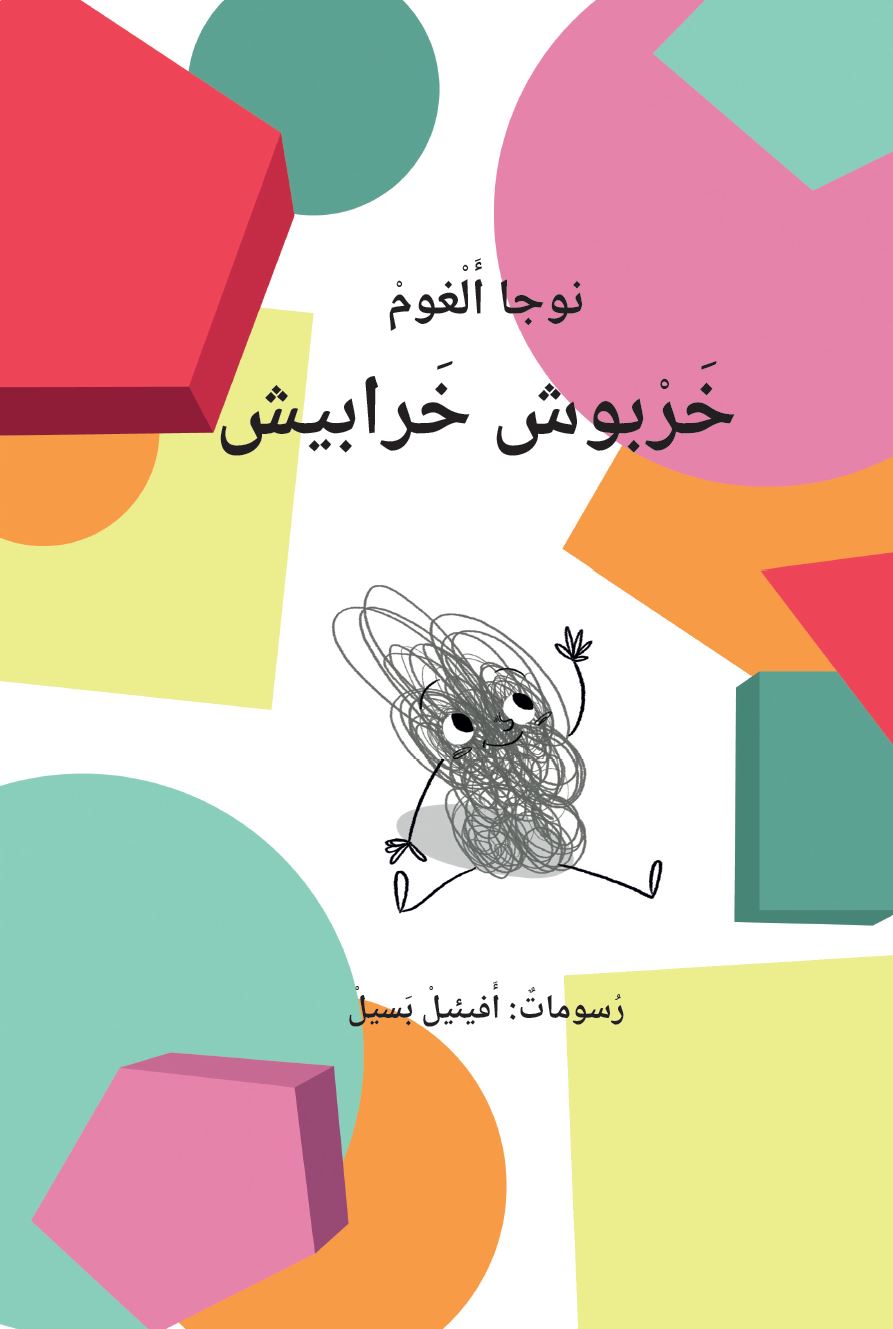
Doodle is different from other children, which makes him sad and lonely, so he goes out to look for a place where he is accepted. A story that supports the “different” child in believing in his own capacities.

Doodle is different from other children, which makes him sad and lonely, so he goes out to look for a place where he is accepted. A story that supports the “different” child in believing in his own capacities.
نشارككم بعض الأفكار للنّشاط مع طفلكم حول الكتاب...
Read MoreDear Parents,
Kharbush (Doodle) is undoubtedly different; he is born to an oval mother and rectangle father and lives in a normal geometrical shaped society. His uniqueness is obvious, his parents are concerned, and his classmates are surprised and even reject him; it causes Kharbush to be sad and feel unwanted.
The parents do their best to help their son, so they show him love and consult with professions to no avail, which makes Kharbush feel even more desperate. He decides to run away from home, and meets a little child that sees in him infinite shapes, so Kharbush finds out that he is special and can be whatever he wants.
Inside each one of us there is often a bit of Kharbush – plagued by confusion and a sense of not belonging. This may be true of our child: he may be visually different, or his abilities or emotional and social behavior may differ from that of other children. This may be more dominant in school, especially at the beginning of the year when a child tries to make friends.
As a parent, it is normal to be concerned and sad for our child. And of course, it is important that we try to do our best to help him. We may hug, protect and encourage him and consult with professionals. But, what Kharbush is trying to tell us in this story, is to slow down and try to find what causes the child to be different and to try to deal with it. It may help us to see our child as a very special being who has the ability to be whatever he wants!
We share with you some ideas regarding this book…
المربّية العزيزة،
يولد خربوش خرابيش مختلفًا، فهو لا يتكوّن من خطوطٍ مستقيمة مثل والديه والأطفال الآخرين. يحاول والداه مساعدته، لكنّهما لا ينجحان، فيعلنان له أنّهما يحبّانه كيفما كان. لكنّ خربوش حزين، ويشعر بالوحدة، فيخرج في رحلةٍ للبحث عن مكان يشعر بالانتماء إليه.
قد يكون في بستانك طفل "خربوش" مختلف في قدراته عن الأطفال الآخرين. وقد يكون في المحيط العائلي، أو الاجتماعي لبعض الأطفال طفل كهذا. إنّ التّحدّي الّذي يقف أمامنا كمربيّات، هو في أن نخلق تعاطفًا، وليس شفقة، عند الأطفال مع هذا الطّفل من ناحية، وأن نساعد الطّفل المختلف في أن يرى في اختلافه مصدر قوّة لا ضعف، كما تعلّم "خربوش خرابيش" عن نفسه.